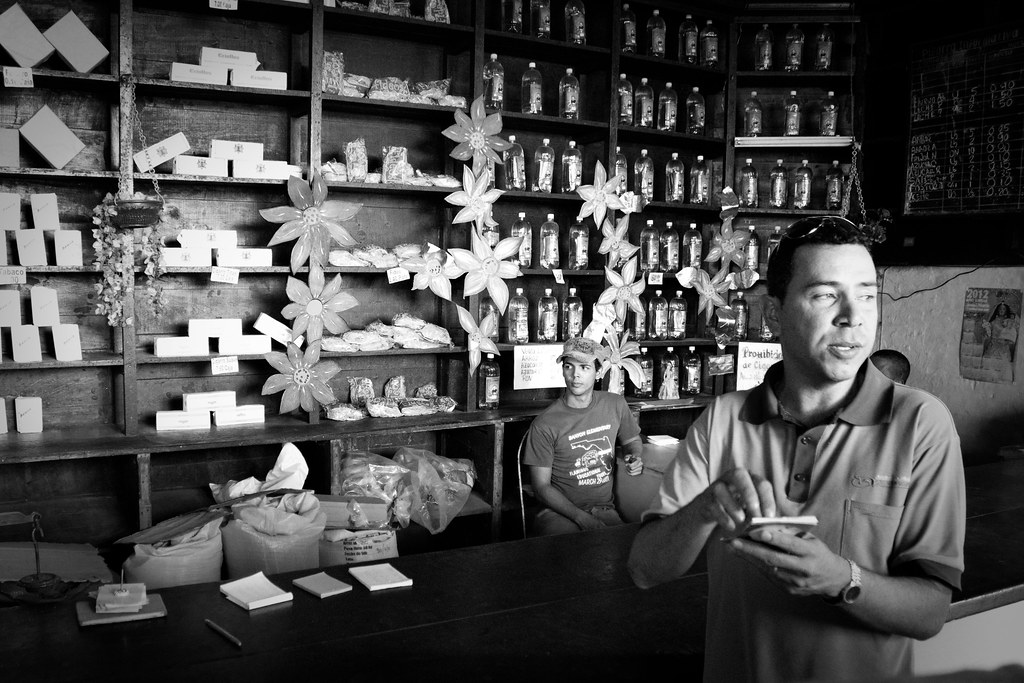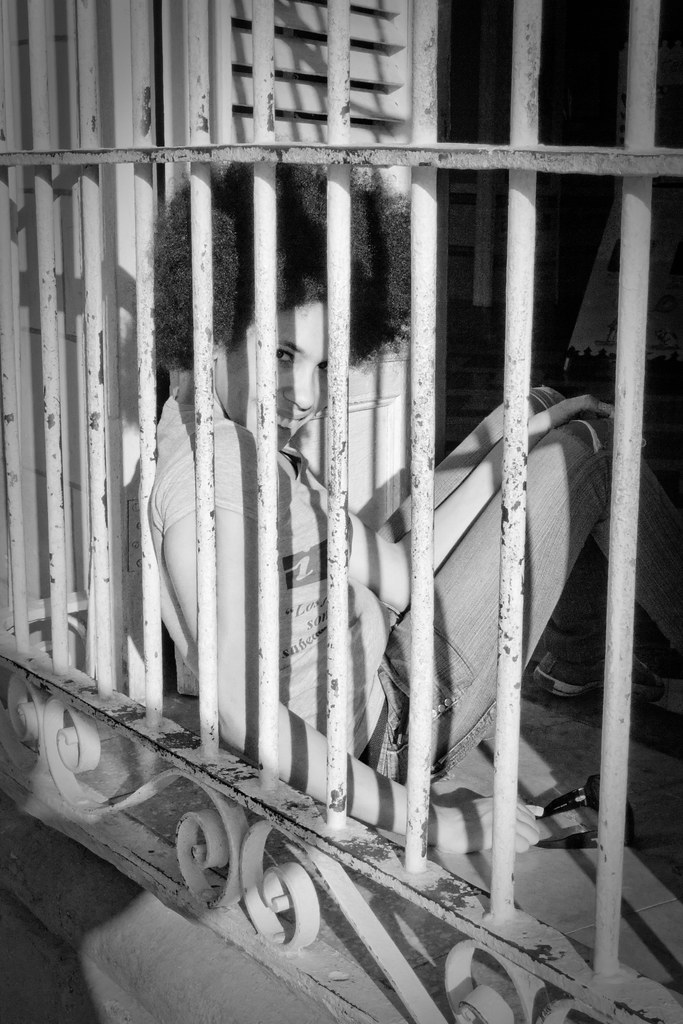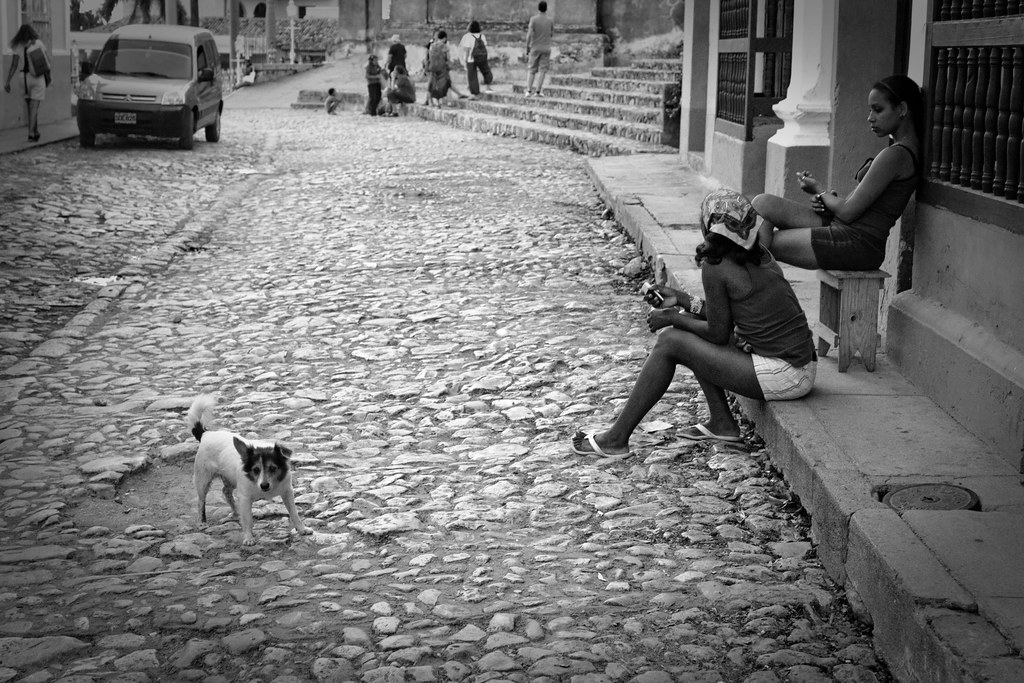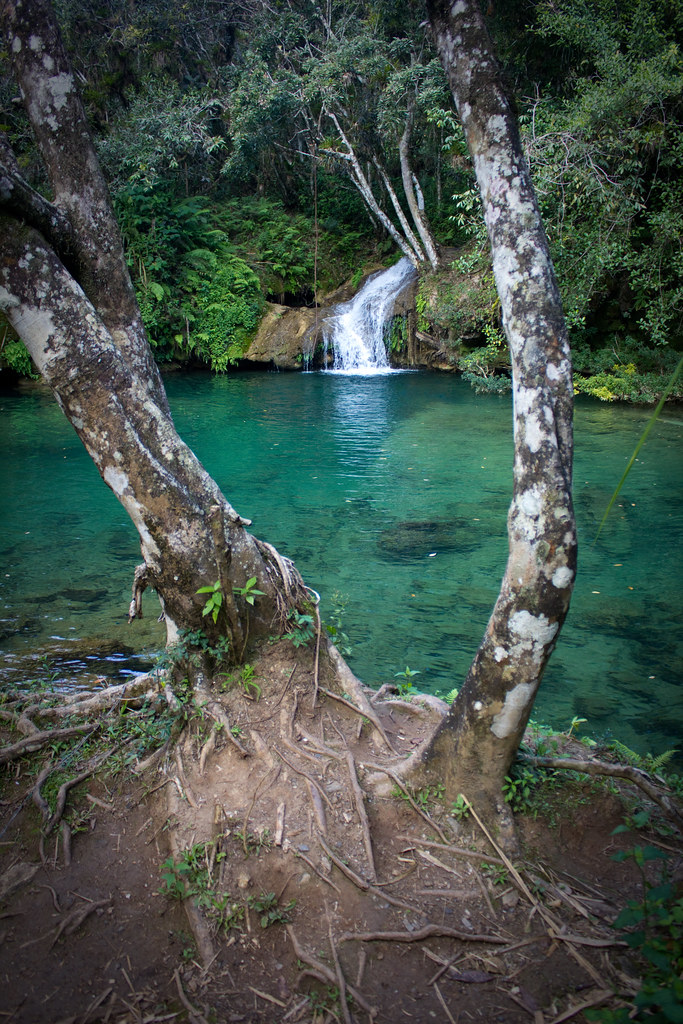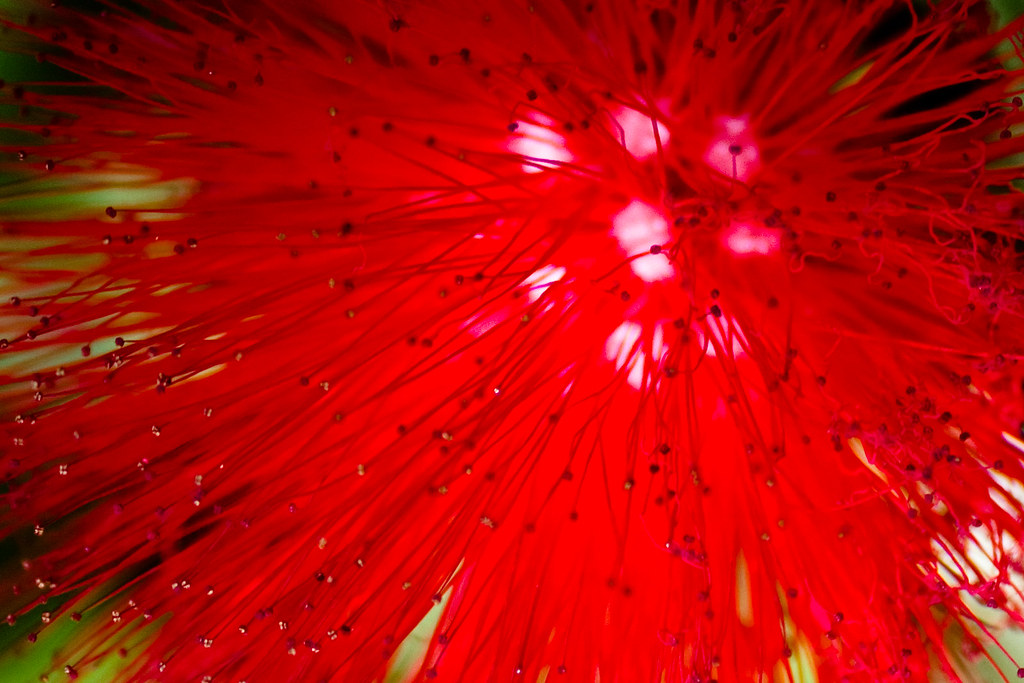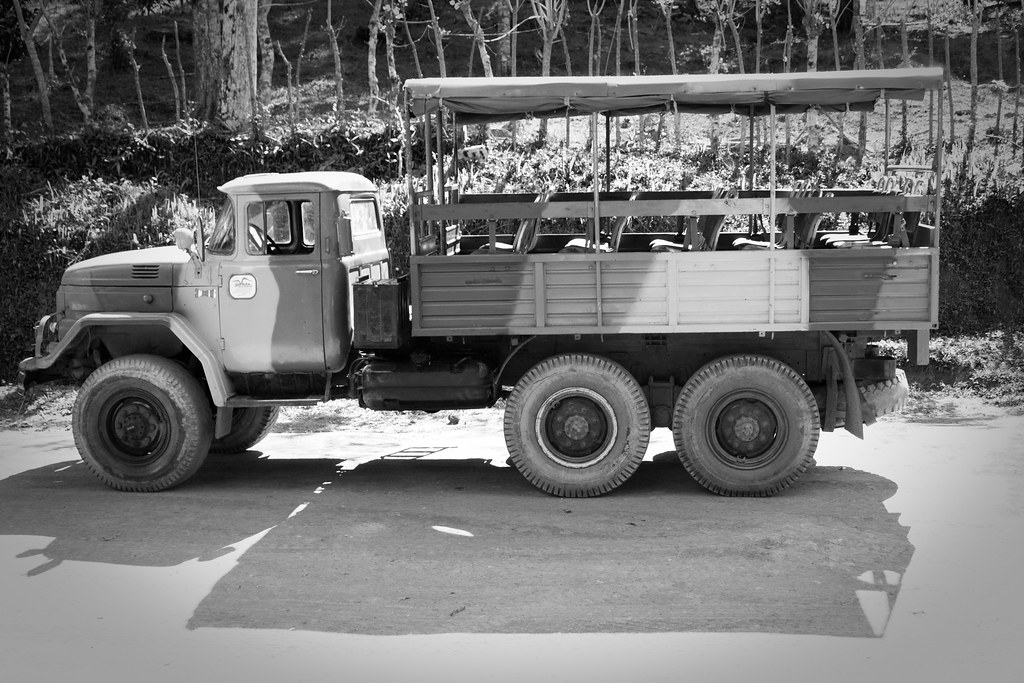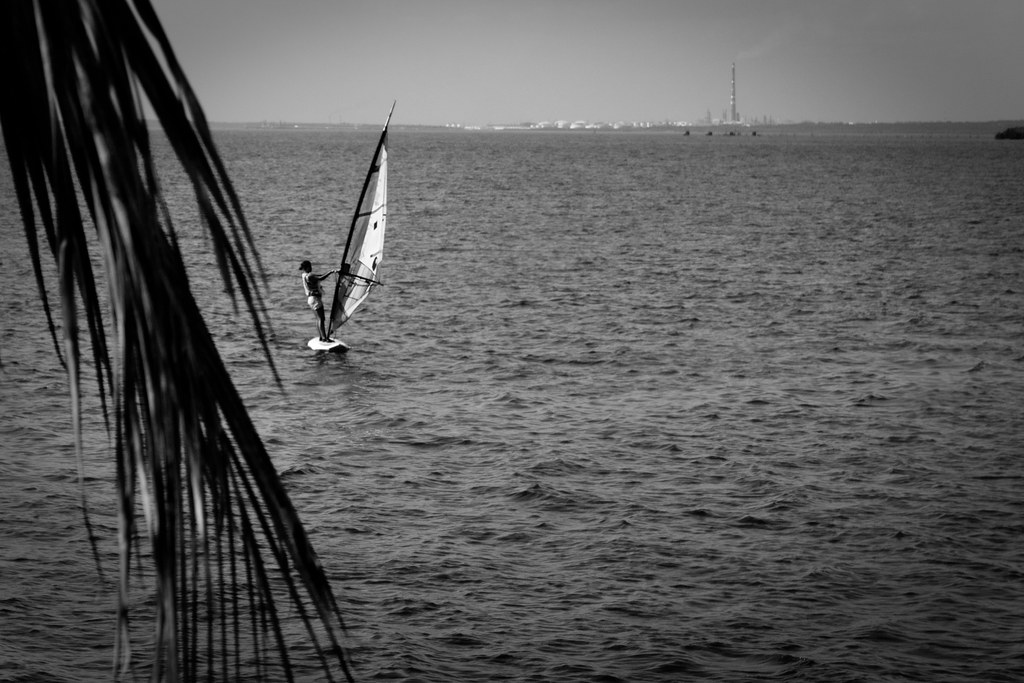Near Petrofka bridge on the way to Blaine Lake Saskatchewan
A little while back I snuck away for the day, grabbed my newly IR converted 10D, and hit the road with a friend to shoot some of cool views my Saskatchewan backyard has to offer. In my last post I talked mainly about the neat little pinhole camera I also took along but since I hadn't finished editing my IR shots I split it up into two posts. This is the second one.
For those who live elsewhere and aren't familiar with Saskatchewan, it's in a word ... huge. You could fit the entire UK within the province of Saskatchewan... twice over... and then some. Needless to say I've lived here all of my 30+ years and still have lots of different places I want to check out. One of those places I was able to check off my list during this trip, that was Saskatchewan's biggest tree (allegedly) but we'll get to that in a bit.
First and primary stop was the crooked trees, a very popular off-the-beaten-path attraction.
The Crooked Trees aka The Crooked Bush aka The Crooked Trees of Alticane
I encourage everyone that lives in or is travelling through Saskatchewan to try and visit these at some point. With how surreal they look under normal conditions I knew that as soon as I had a chance I was going to get some infrared photos of them. The results look like a fairytale.
If you stare long enough the tree on the right looks like a person
My good friend and flip-flop destroyer (thanks for driving Jackie!)
Crooked Trees directions (from Saskatoon): Head out highway 16, go past Langham and Borden, at Radisson turn north onto highway 340. Follow 340 until you reach Hafford, you'll know it by the street signs that are in both English and Ukrainian. Exit Hafford westbound on highway 40, at "Flint Road" turn right, there should also be a sign saying "Crooked Bush". Drive 16.5km north (seriously make note of your odometer) then turn right and go 2.5km east (there is a very tiny white sign at this turn).
Initially our trip was only supposed to be the crooked trees but my friend hadn't seen the half buried trucks or Saskatchewan's biggest tree so we decided to keep exploring. Heading back on highway 40 we drove through Hafford and kept going to Blaine Lake, a town which I might add sells some very sturdy and reasonably priced flip-flops. With the footware situation fixed we exited Blaine Lake heading south on highway 12. Look for a sign on your left that says "Doukhobor Caves" and turn there onto Tree Road. You still have to drive for a bit but there are signs that will guide you, eventually you'll come upon this:
Saskatchewan's Biggest Tree Near Blaine Lake SK
I really kicked myself after for not getting one shot with someone or something in the frame to give a sense of scale. The circumference of the tree is ~5m (just over 16ft for you Americans) and it is apparently a cottonwood/balsam poplar hybrid. Earlier I referred to it as Saskatchewan's biggest tree with allegedly in brackets, that's because we have a boatload of trees and some pretty remote areas. Until someone contests the title though this is Saskatchewan's largest tree.
In all honesty we actually drove right past Tree Road and wound up stopping at the Petrofka Bridge Orchard to ask directions. We came out with directions, picked carrots, jams etc. I highly recommend stopping in, whether its for directions or not. We also ran into some people that we'd ran into earlier at the crooked trees, for such a huge province its amazing how small it can get some days.
Back on highway 12 heading south, just after you cross the North Saskatchewan River you'll find the Blacktop Diner/Olive Tree Restaurant which is home to the half buried trucks. There should be a more grandiose name for them but there isn't.
Blacktop Diner by day, authentic Greek restaurant Olive Tree by night
I'd shot these trucks in the past but thought they might look pretty cool in infrared.
They also had a cool non-buried truck on their property.
This trip proved to be one of my only summer getaways this vacation but it was definitely one of the highlights of my summer. If you're in the area be sure to check some of them out.
If you'd like to see all the shots from this trip and more of my Saskatchewan Scenes you can view them here.

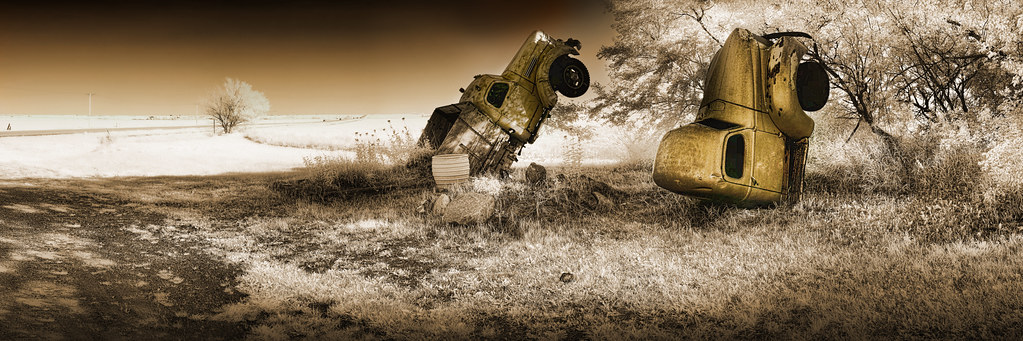
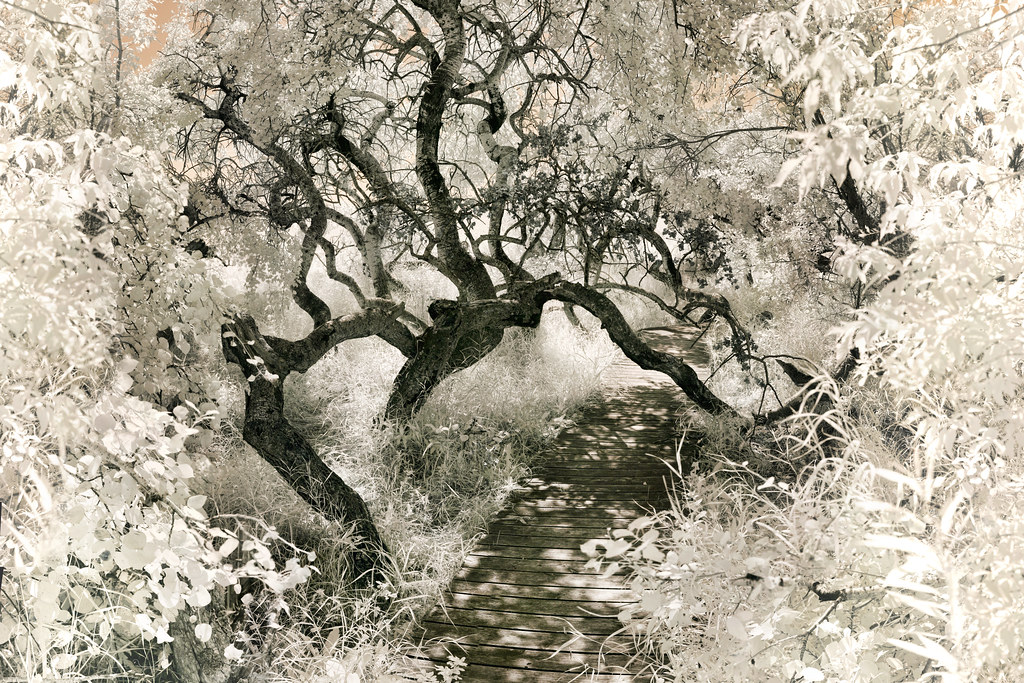
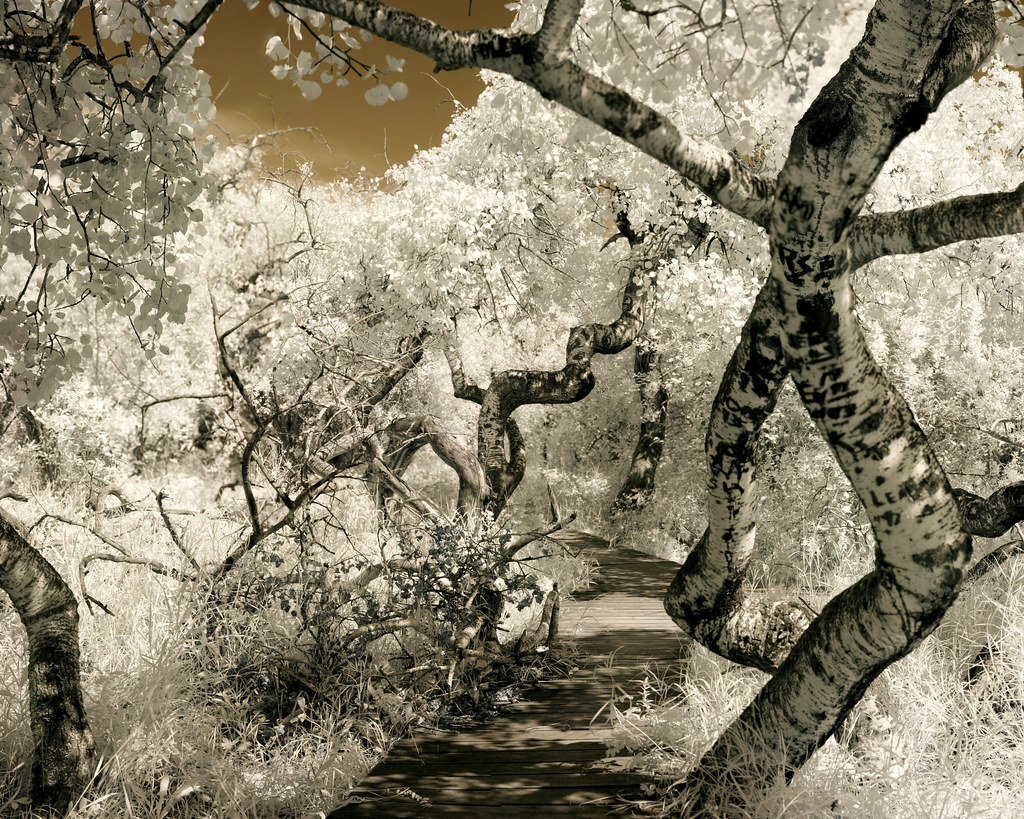


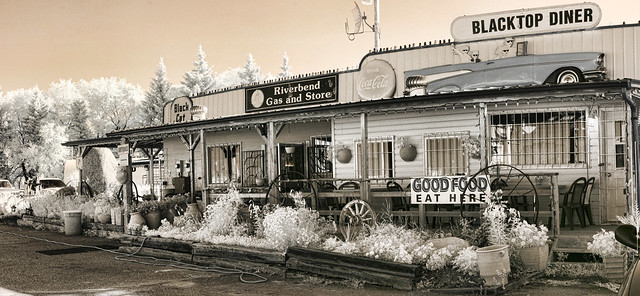
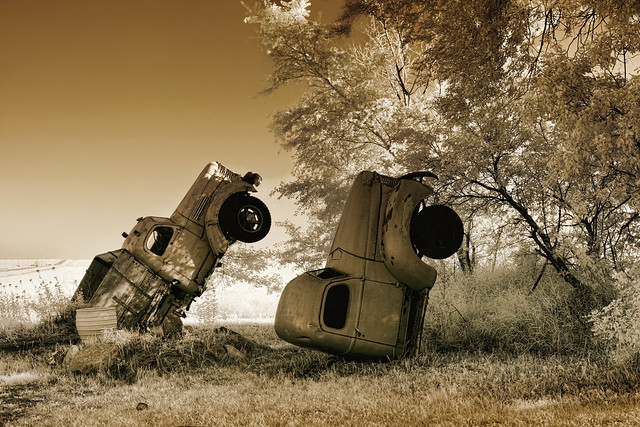
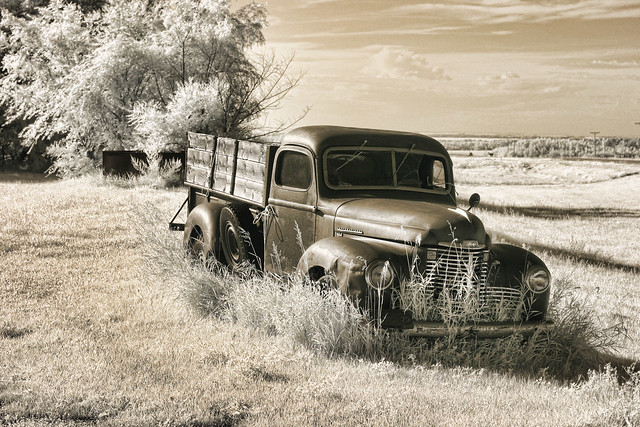



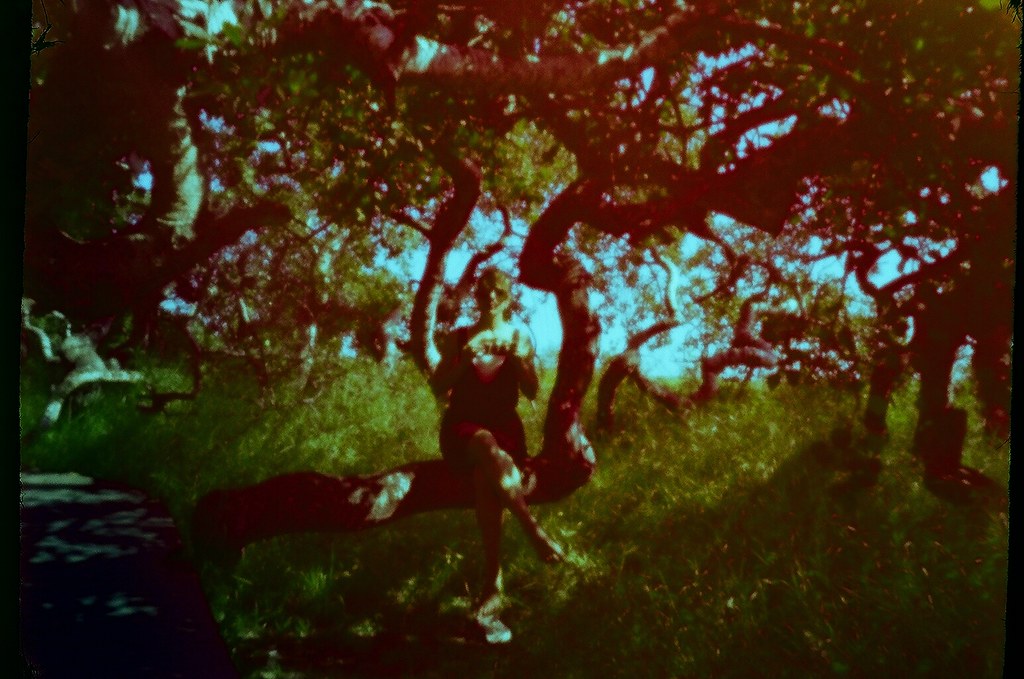

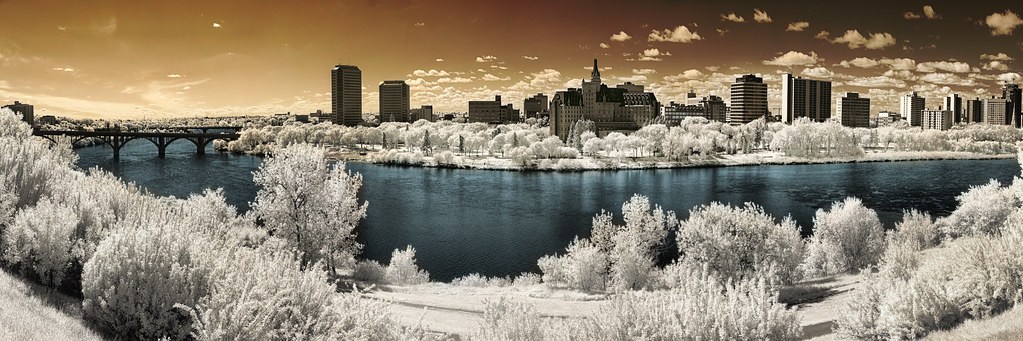

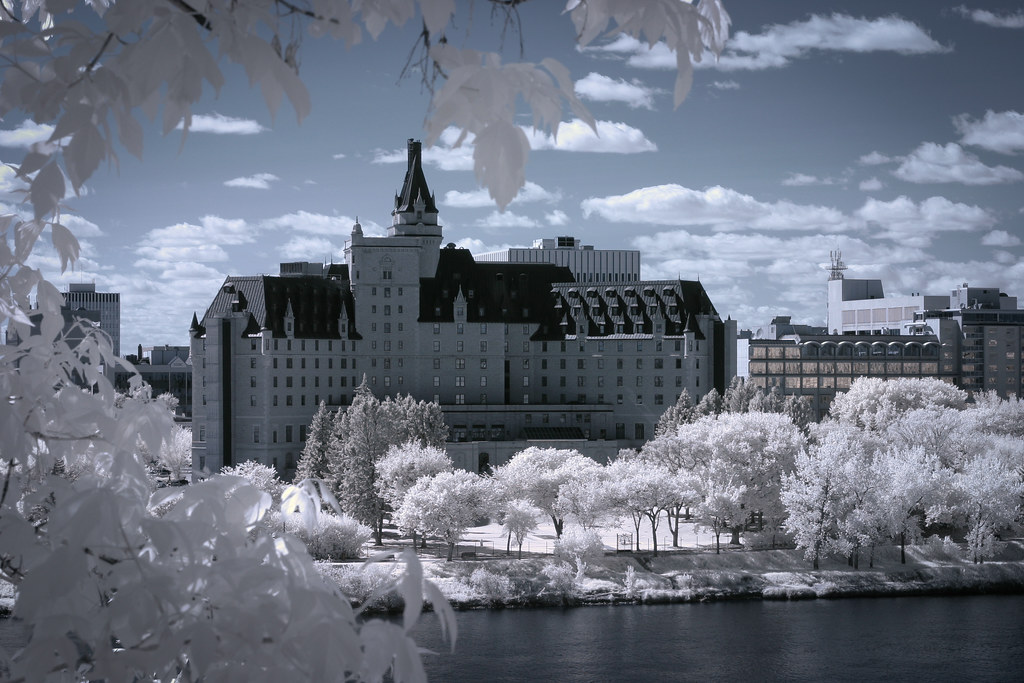
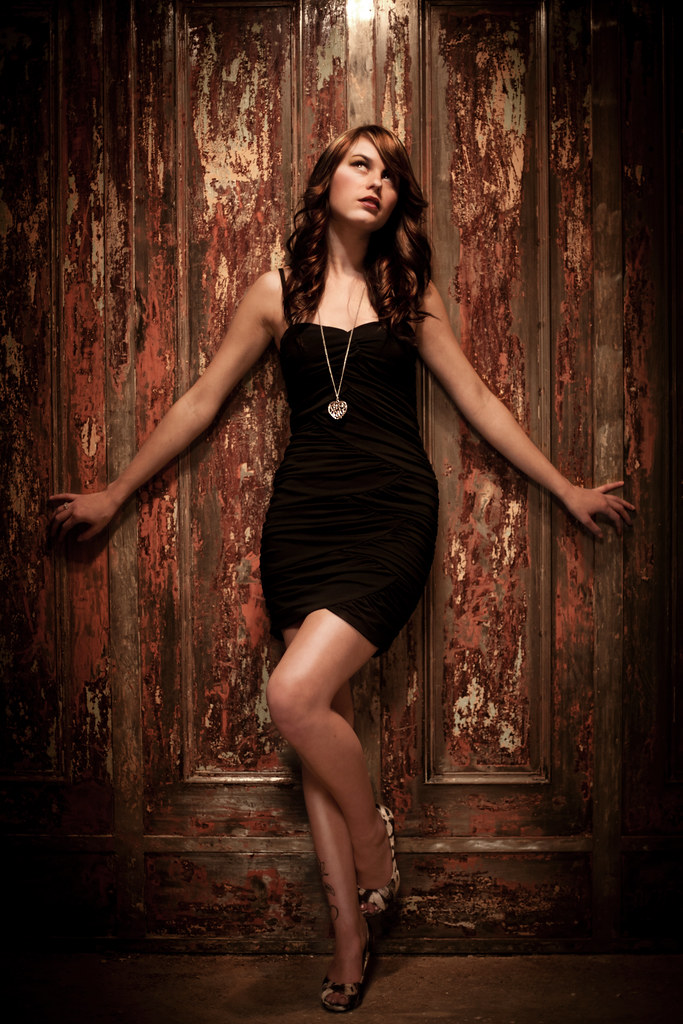
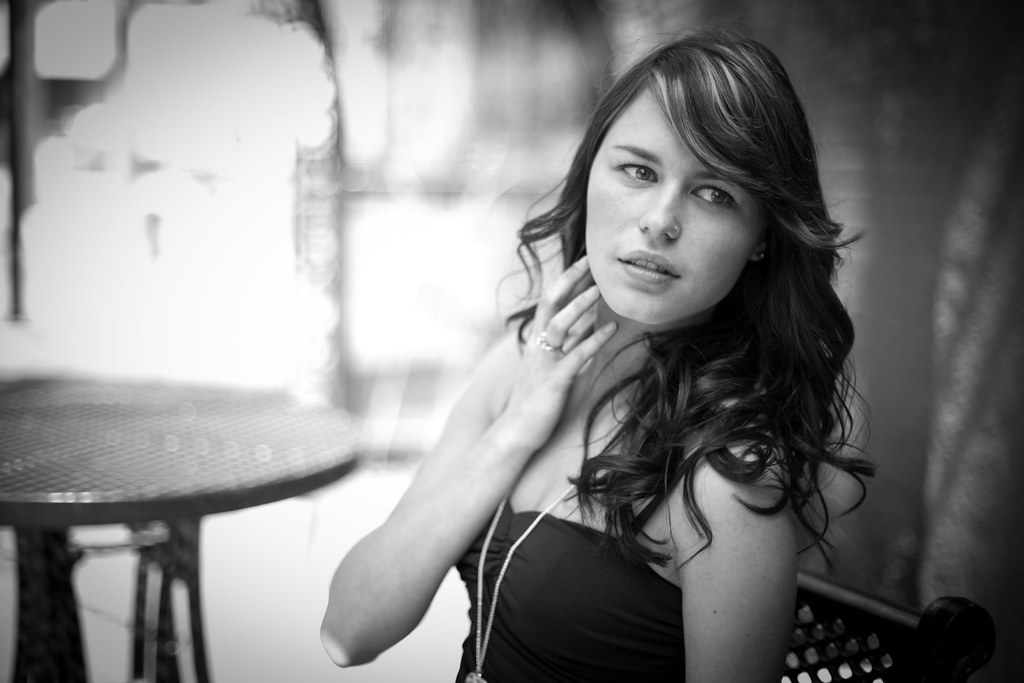

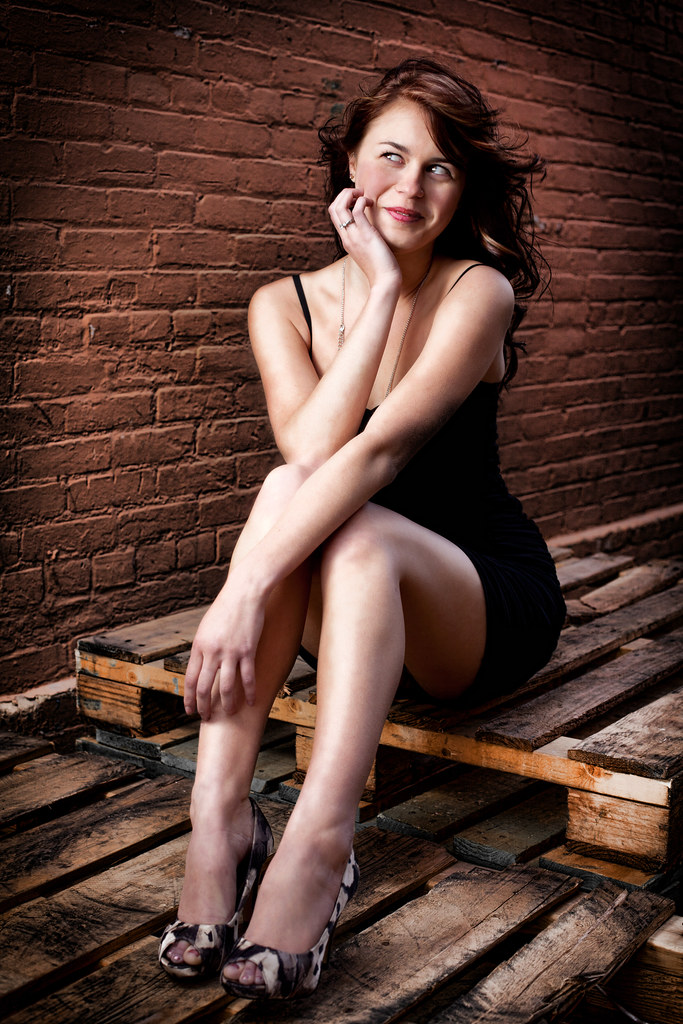
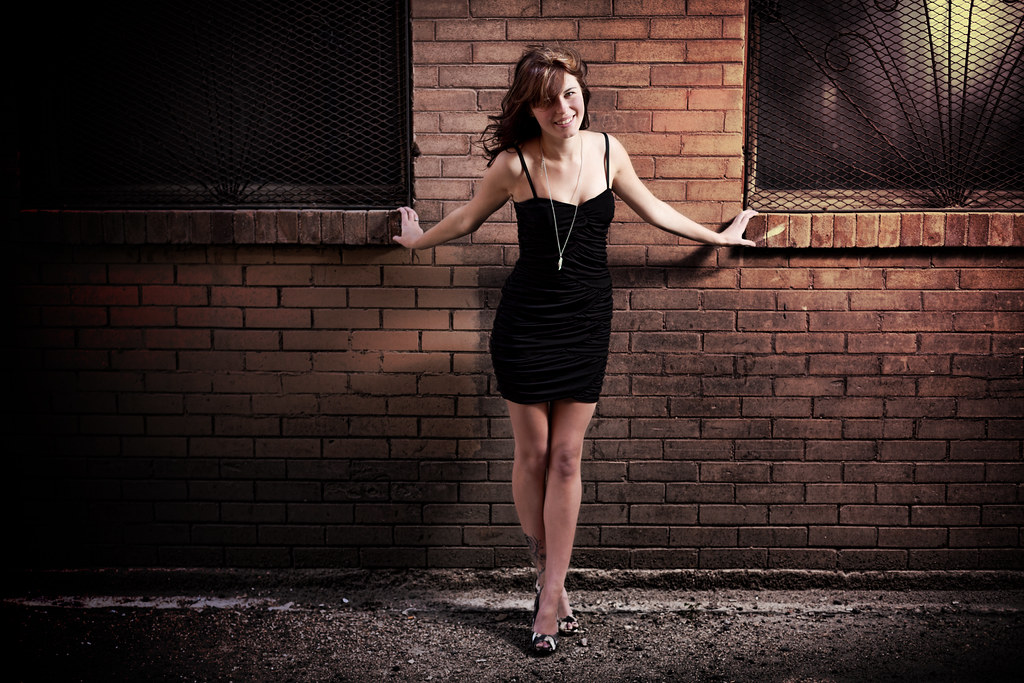
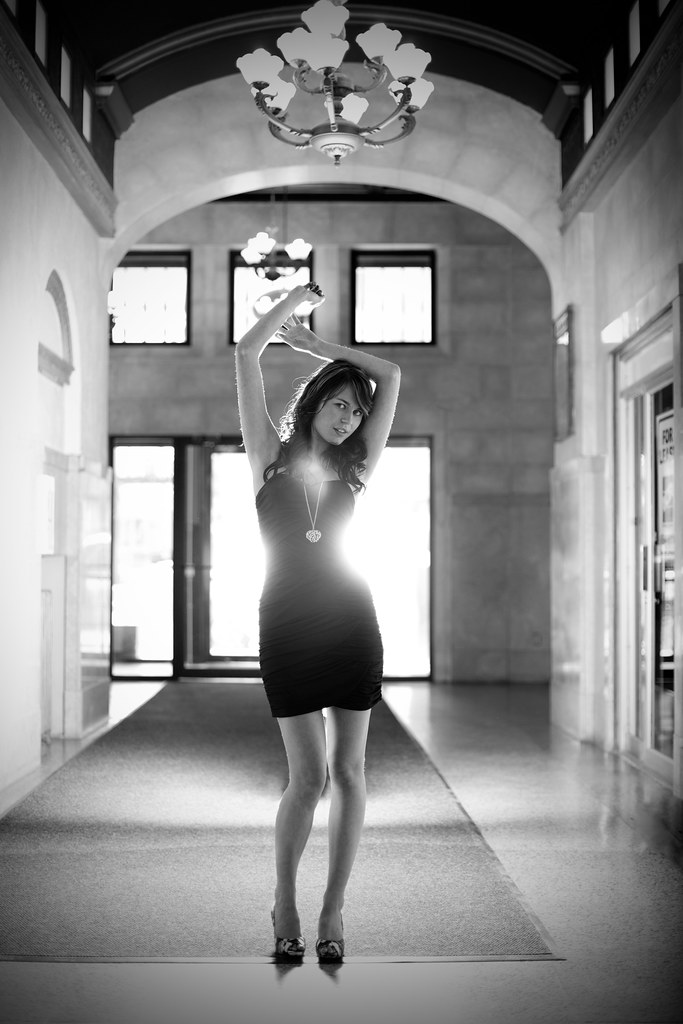
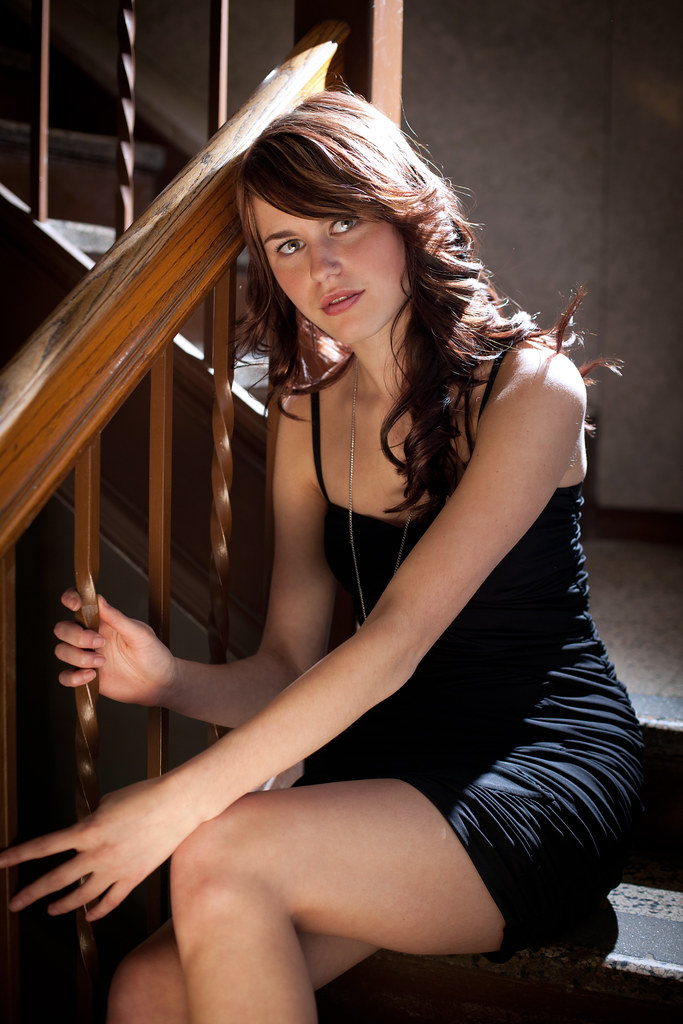

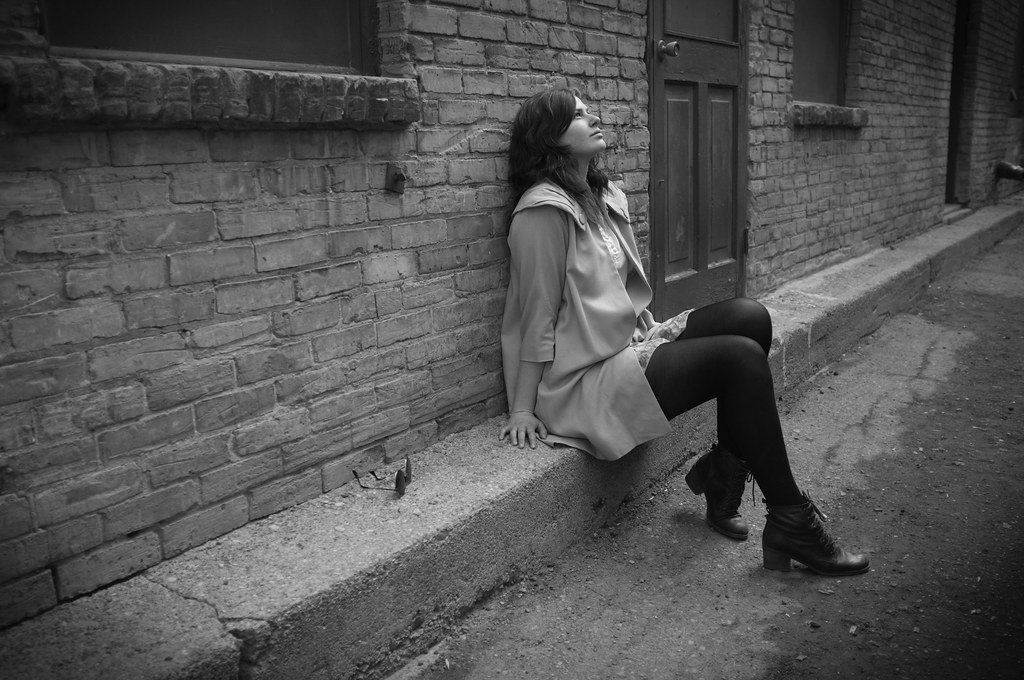



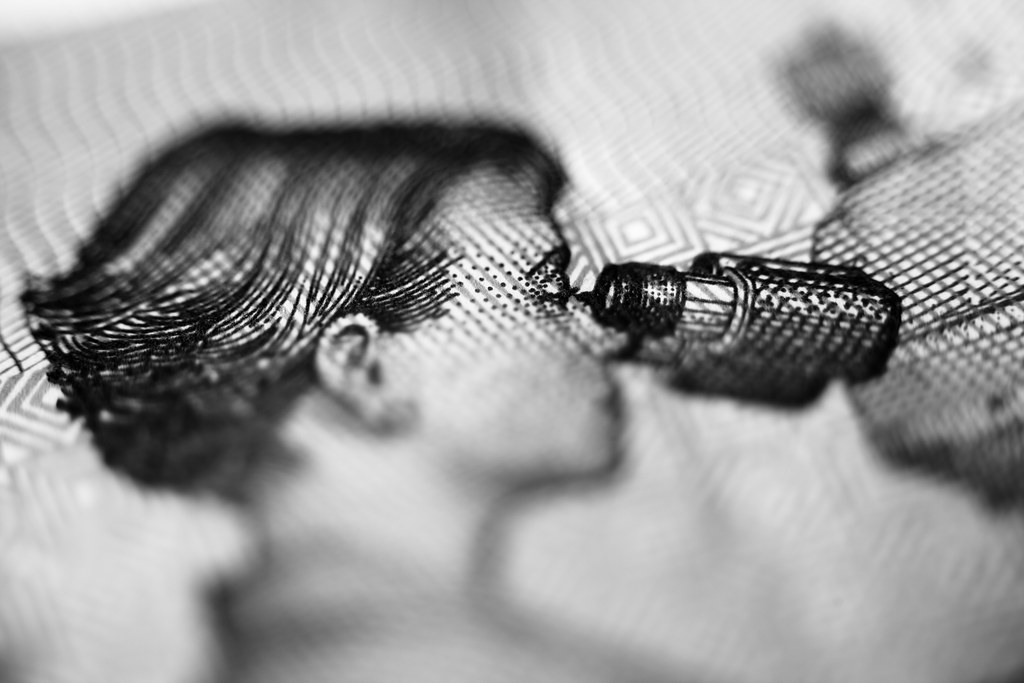

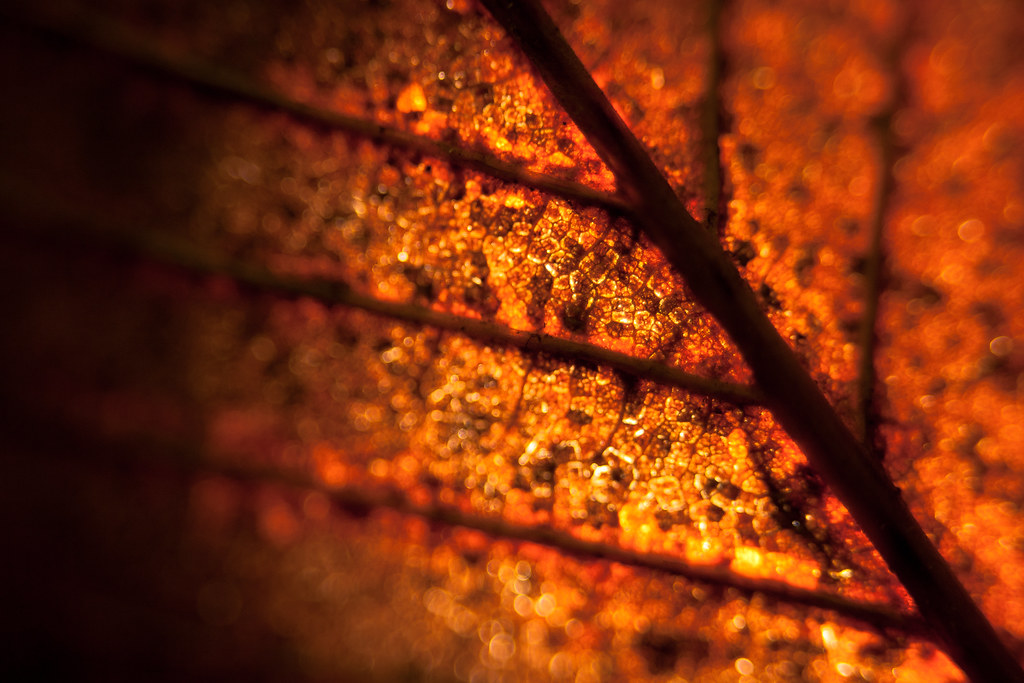
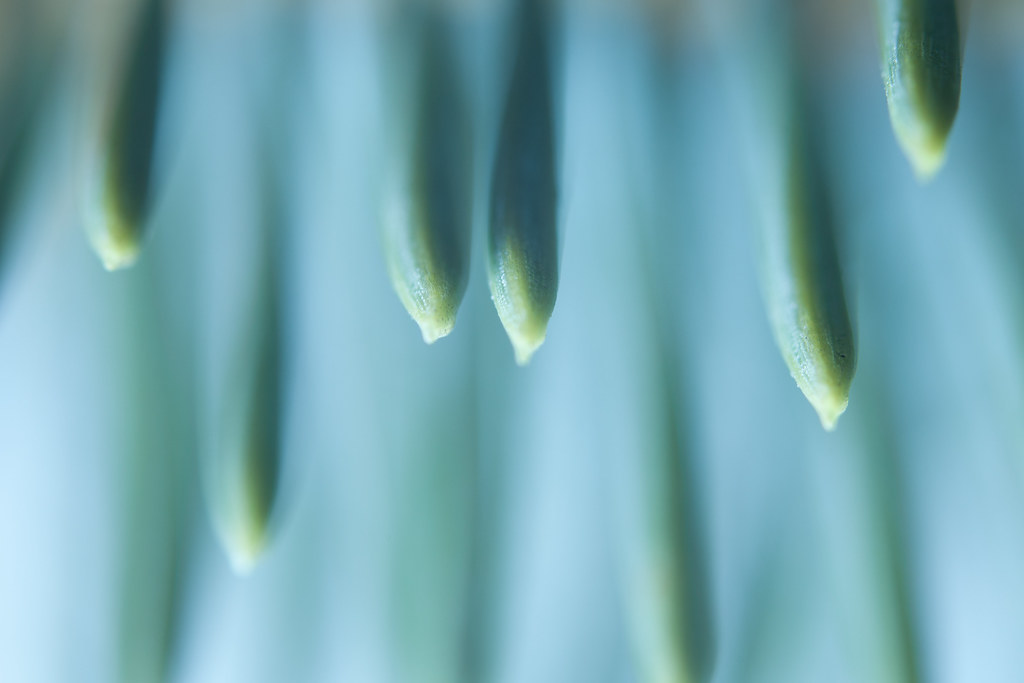
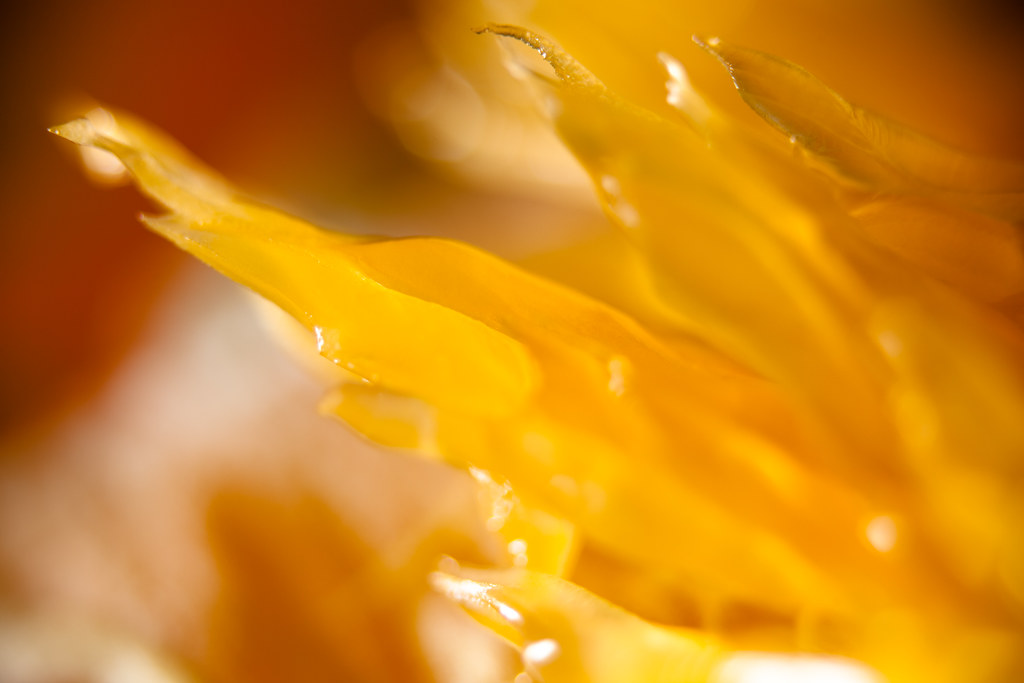
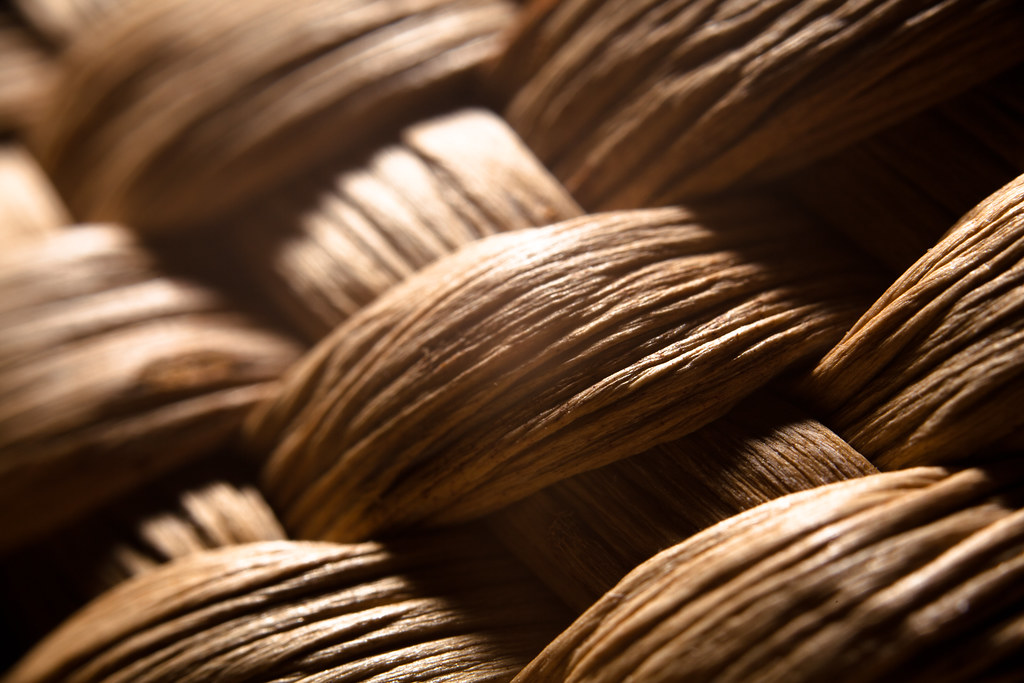
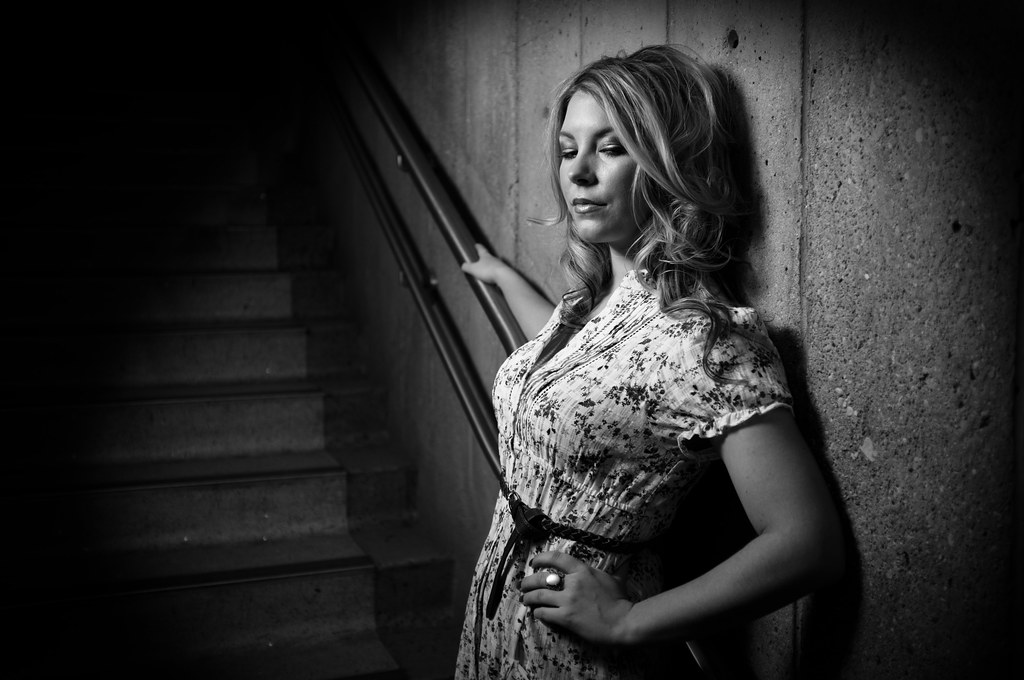

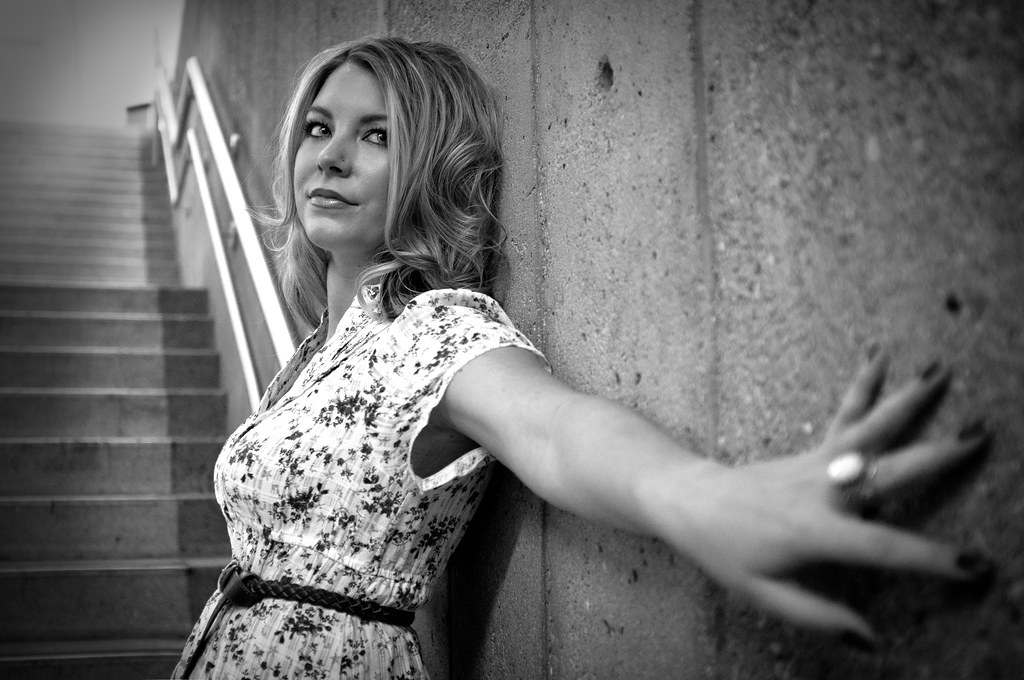
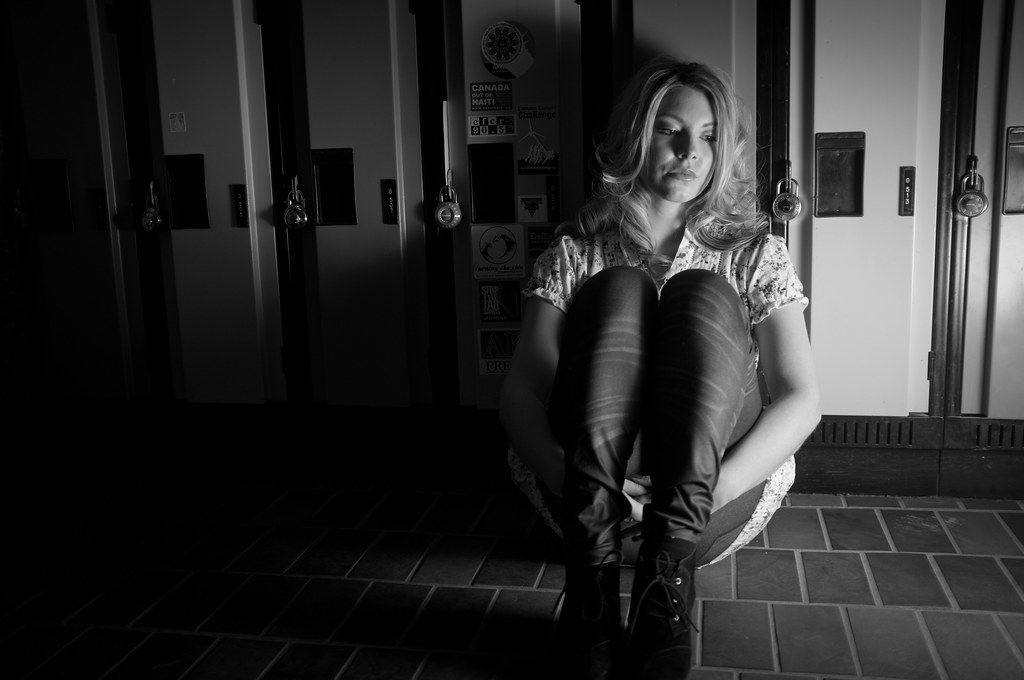

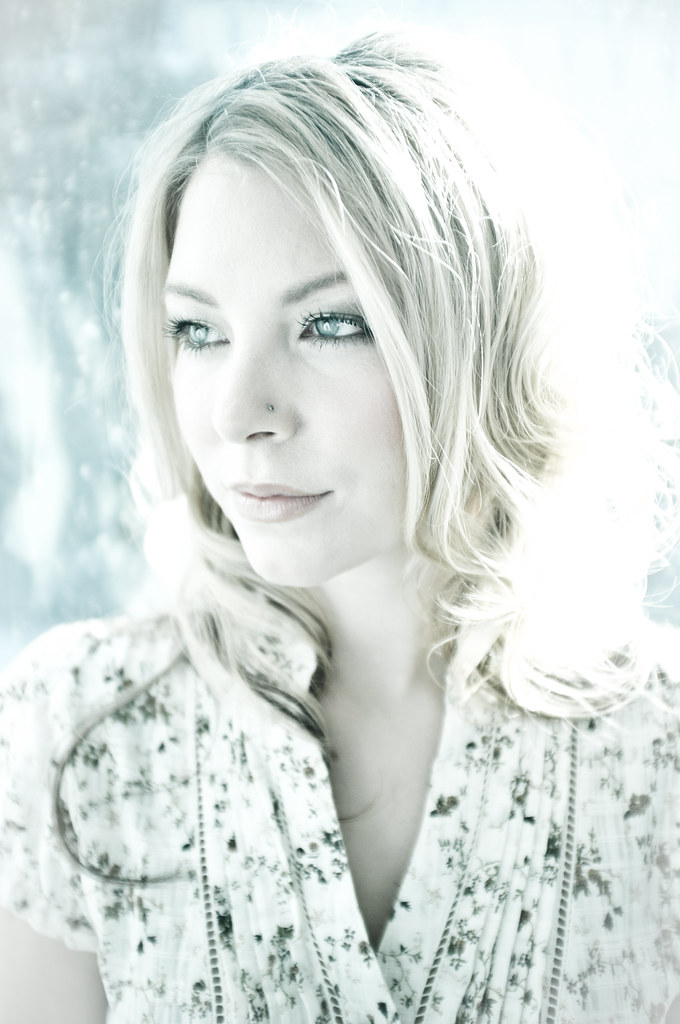

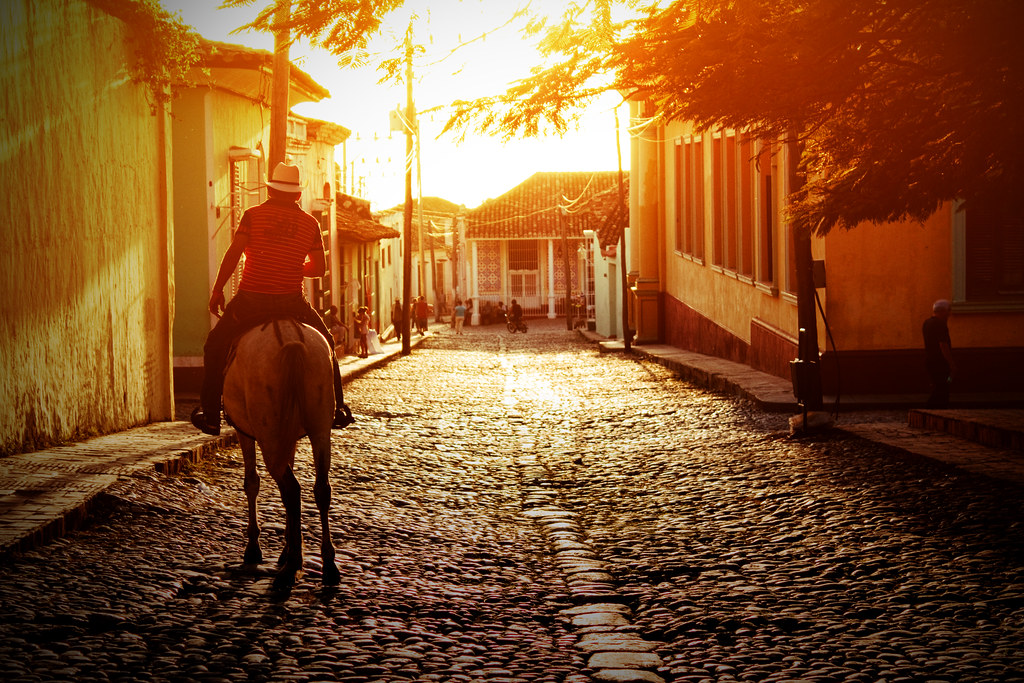


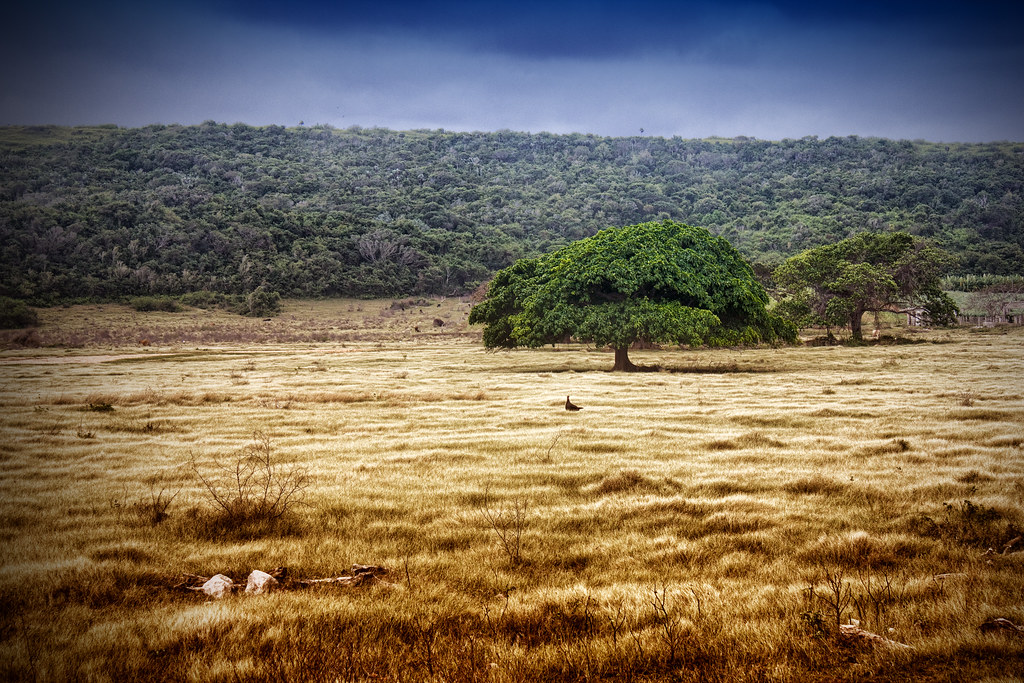

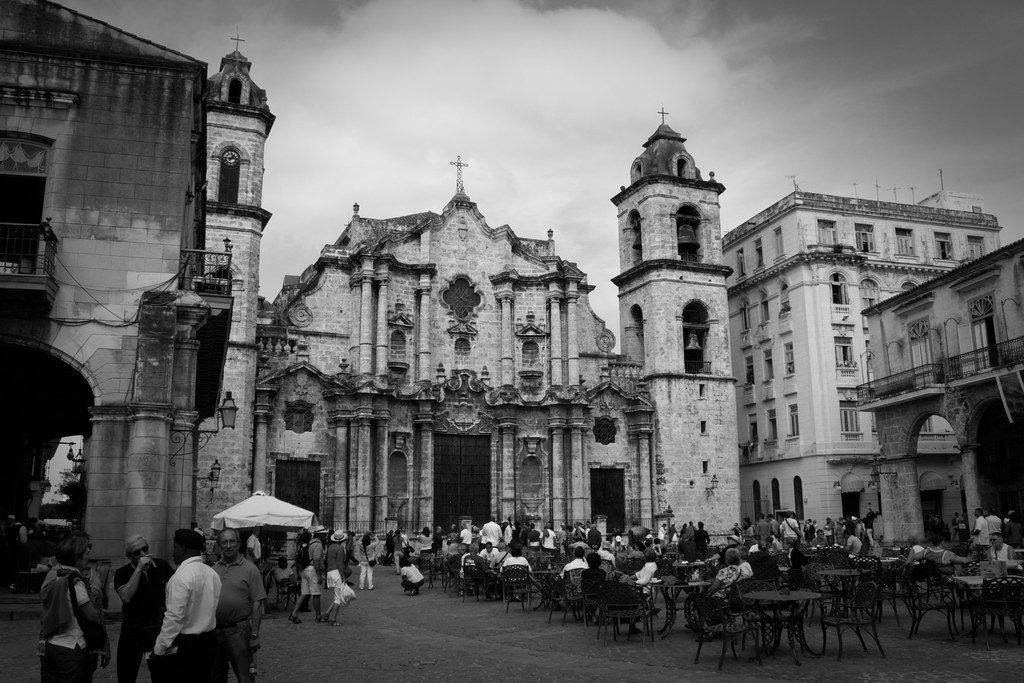

![[8] Canon t2i, Havana Edits, 16 images, IMG_4557 - IMG_4572 BW 20x30 FIXED Flickr](https://farm8.staticflickr.com/7015/6756742675_a5eaa554b9_b.jpg)


